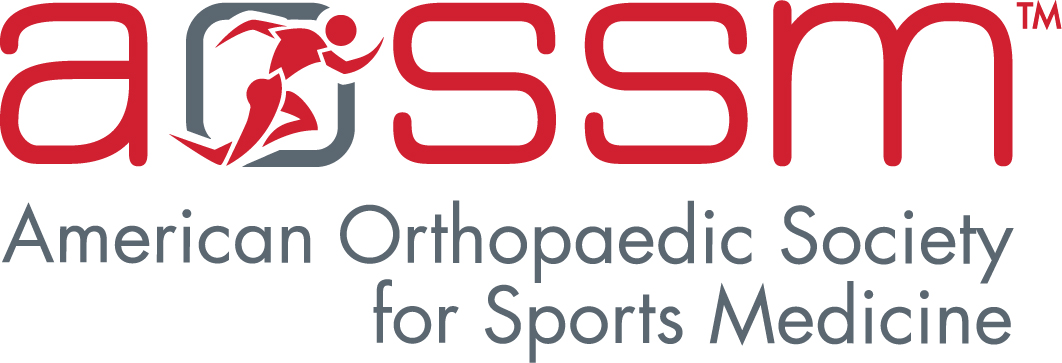For further information, contact: Lisa Doty, Director of Communications Beeper in Vancouver July 11-15 (604) 977-1356 Before July 10 and After July 15 (847) 292-4900
Jump Training Program May Stem Rising Tide of Knee Injuries Among Female Athletes
July 15, 1998-Vancouver, British Columbia, Canada-A female athlete participating in collegiate level volleyball, soccer or basketball has a four to six times greater chance of sustaining a serious knee injury than a male athlete participating in the same sport. Based on statistical evidence, over 10,000 debilitating knee injuries can be expected in female athletes on the collegiate level in any given year. At the high school level, female athletes have a five times greater risk than males of sustaining this type of injury, meaning that as many as 20,000 will suffer a serious knee injury each year. These injuries, most commonly ruptures of the anterior cruciate ligament or sprains of the medial collateral ligament, usually require intensive physical therapy, surgery, or both. For many, the injury means the end of participation that season, and, often, the end of that athlete's career. To address this problem, researchers at the Cincinnati Sportsmedicine Research and Education Foundation have studied the effects of a training program for female athletes to prevent serious knee injuries, and presented their findings at the 24th Annual Meeting of the American Orthopaedic Society for Sports Medicine at the Vancouver Trade and Convention Centre in Vancouver, British Columbia, Canada. Results of a recent trial of this six-week pre-season program indicate that female athletes can cut their risk to that of male athletes. Because most serious knee injuries do not involve contact with another athlete or other object, and the majority of non-contact injuries happen when an athlete is landing from a jump, researchers speculated that proper jumping techniques may reduce injury. "There is a marked imbalance between hamstrings and quadriceps strength in female athletes," said Timothy E. Hewett, PhD, the author of the study. "In addition, male athletes use their knee flexors more, which protects the ACL from injury during landing. Based on this biomechanical evidence, it was hypothesized that this program could reduce injury rates in females." A total of 1,263 athletes from 43 high school volleyball, soccer and basketball teams participated in the study. The program was conducted in the pre-season, and injuries were monitored weekly during the playing season. 366 female athletes participated in the training, 463 female athletes did not, and 434 male athletes served as the control population. The training program consists of three phases. The first phase, technique, teaches proper jumping and landing techniques: maintaining correct posture and body alignment during the jump, jumping straight up and down with no excessive side to side or forward-backward motion, landing softly on bent knees, and recoiling instantly to prepare for the next jump. In phase two, fundamentals, the athletes concentrate on the use of proper technique to build a base of strength, power and agility. Phase three, performance, focuses on achieving maximum vertical jump height. Overall, there were 14 serious knee injuries in the 1,263 athletes. Among the female athletes who did not participate in the program, there were ten injuries: five ACL injuries, and five MCL injuries. Of the female athletes who participated in the program, only two were injured. The male control group sustained two injuries as well. "Although the increase in female athlete knee injuries is most likely due to a number a factors, we can see that training may be able to override one or more of these factors," said Dr. Hewett. "Since there was no difference between the trained females and the males, the program obviously made a big impact on the injury risk among the female athletes." Additional researchers in this study include Jennifer V. Riccobene, BA, and Thomas N. Lindenfeld, MD. Frank R. Noyes, MD, Director of the Cincinnati Sportsmedicine Research and Education Foundation, provided invaluable assistance in the initial development and biomechanical validation studies of the training program. Dr. Hewett received the American Orthopaedic Society for Sports Medicine's 1995 Excellence in Research Award for his initial pilot study of this program
The American Orthopaedic Society for Sports Medicine (AOSSM) is an international medical specialty association of allied health professionals and physicians, primarily orthopaedic surgeons, who have demonstrated a significant and long-term commitment to sports medicine. The AOSSM promotes and supports education and research programs in sports medicine, including those concerned with physical fitness, as well as programs designed to advance our knowledge in the recognition, treatment, rehabilitation and prevention of athletic injuries. ###
Editor's Note: To arrange an interview with the researchers, players or coaches involved in this study, please contact either Lisa Doty of the American Orthopaedic Society for Sports Medicine at (847) 292-4900 (in Vancouver July 11-15 604/977-1356) or Amy Leroux of the Cincinnati Sportsmedicine and Orthopaedic Center's Communications Office at (513) 559-2107.
Photographs of Dr. Hewett working with a female athlete are available. B-roll video of the training program is available as well.
